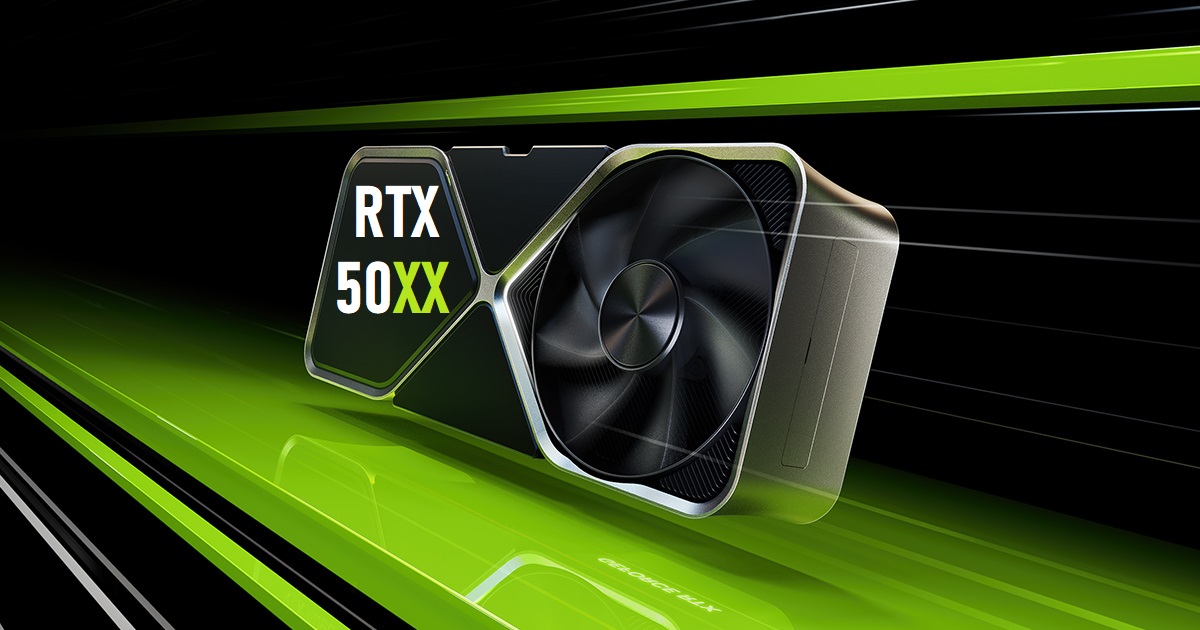In the fast-paced world of PC gaming, rumors and leaks are like breadcrumbs leading enthusiasts to the next big thing. The latest breadcrumb comes from a forum post on Chip Hell, and it claims to shed light on Nvidia’s future flagship GPU, the 5090. But before we dive into the juicy details, let’s scrutinize the source and assess its credibility.

The Source: Panzer Lied
The leak originates from a user named Panzer Lied on Chip Hell, a relatively lesser-known figure in the realm of leaks and rumors. However, credibility in this space often hinges on past accuracy. Panzer Lied’s previous claim about Nvidia skipping the 04-class GPU die for the next generation did gain some recognition, thanks to a confirmation by a more renowned leaker, Copite7 Kimmy.
Now, with this credibility context in mind, let’s delve into the tantalizing details Panzer Lied shared about the 5090.
5090: The Promise of Performance
Panzer Lied’s leak revolves around one key figure: 1.7x. This number represents the alleged performance improvement of the 5090 compared to its predecessor, the RTX 4090. To clarify, this is a percentage gain, specifically in gaming performance. If this claim holds water, it’s a colossal leap, considering that the RTX 4090 is already a powerhouse in the gaming GPU market.
To put this in perspective, Nvidia’s recent GPU releases, including the 40-series, offered more modest performance gains ranging from 10% to 30% in most cases. The 4090 was the exception, pushing closer to a 70% performance increase over its predecessor. So, a 1.7x leap would be unprecedented.
Here’s a summary of the rumored specifications for the 5090:
| Aspect | Specification |
|---|---|
| CUDA Cores | Around 24,000 |
| Boost Clock | Approximately 2.9 GHz |
| Memory Speed | 52% increase (rumored) |
| L2 Cache | 78% increase (rumored) |
| Release Year Estimate | 2025 |
While these specs sound enticing, the looming question is the price. If Nvidia delivers on this level of performance, what would it charge for this gaming behemoth?
The Price Dilemma
High-performance GPUs have always come with a hefty price tag. The RTX 4090, for example, commands a premium due to its top-tier performance. If the 5090 indeed achieves a 1.7x performance boost, it could push the boundaries of affordability even further.
Currently, there are rumors that AMD might not target the high-end GPU market with its next generation, leaving Nvidia with little to no competition in that segment. In such a scenario, Nvidia might not feel the pressure to lower prices.
Gamers and enthusiasts might find themselves in a quandary, torn between the desire for cutting-edge performance and the reluctance to break the bank. Price-to-performance ratios will undoubtedly be a significant consideration for potential buyers.
Nvidia’s Architecture Evolution: Blackwell
As we anticipate the 5090, Nvidia is also working on its future architectures. One such architecture, codenamed Blackwell, is generating some buzz. According to Copite7 Kimmy, Blackwell brings significant changes to the unit structure, potentially paving the way for innovations in future GPUs. However, it’s essential to note that Blackwell’s usage might primarily focus on compute applications rather than gaming GPUs.
One intriguing concept in the GPU space is the Multi-Chip Module (MCM) design. While this may not directly apply to gaming GPUs like the 5090, it signifies Nvidia’s willingness to explore new ways of achieving performance gains. MCM involves packaging multiple smaller chips together, which could potentially lead to more efficient and powerful GPUs.
Innovations and Limitations: Asus’s RTX 4070 TX BTF
In the midst of these rumors and innovations, Asus is attempting to push boundaries with its RTX 4070 TX BTF GPU. This graphics card stands out because it doesn’t require traditional power connectors. Instead, it relies on a compatible motherboard to provide power through a specialized connector.
While this design is undoubtedly innovative, it raises concerns about compatibility and vendor lock-in. If a user doesn’t possess a compatible motherboard, this GPU becomes practically useless. Standardization of such technology across GPU and motherboard manufacturers could be a solution to avoid limiting consumers’ options.
Conclusion: High Hopes and Higher Stakes
The Nvidia 5090 promises to be a game-changer in the world of gaming GPUs if the leaks and rumors hold true. With the potential for a 1.7x performance boost, it could redefine what’s possible in gaming experiences. However, the looming question of its price could make or break its appeal.
As Nvidia continues to explore new architectural frontiers like Blackwell and innovative GPU designs like Asus’s power connector-less GPU, the landscape of PC gaming hardware remains dynamic and exciting. Gamers are eagerly awaiting the future, hoping for powerful yet affordable options to fuel their passion for gaming. Whether the 5090 will be the answer to their prayers or a distant dream remains to be seen, but one thing’s for sure: the stakes have never been higher in the world of gaming GPUs.













